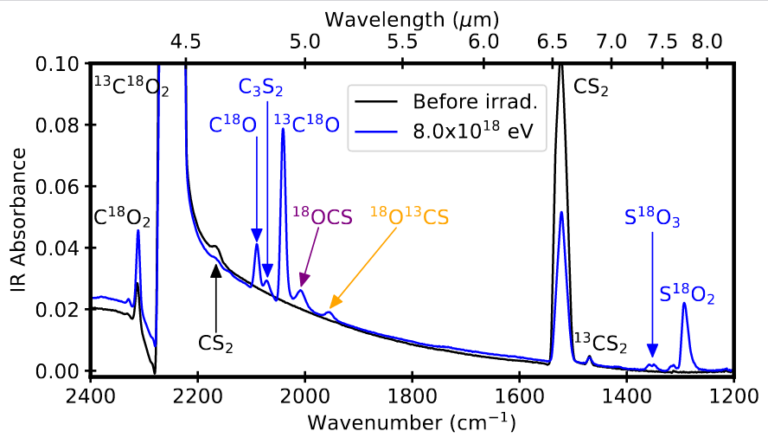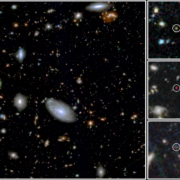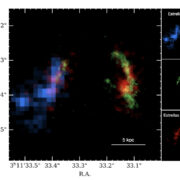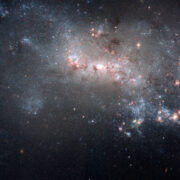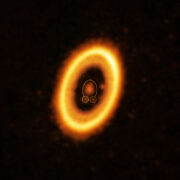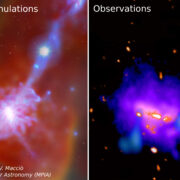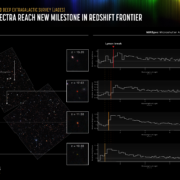Linking laboratory simulations and astronomical observations to constrain the Sulphur And PhosPHorus chemistry in InteRstellar Environments (SAPPHIRE)
The project SAPPHIRE takes a systematic and multidisciplinary approach with the goal of constraining the chemistry of volatile sulfur and phosphorus molecules in the dense regions of the interstellar medium (ISM).
Molecules with prebiotic interest are mainly formed from six elements: carbon (C), hydrogen (H), oxygen (O), nitrogen (N), phosphorus (P), and sulfur (S). While much work has been done thus far to understand the chemistry of C-, H-, O-, and N-bearing molecules in the dense ISM, and its evolution during the star-formation process, little is known about the chemistry and evolution of S- and P-bearing species.
A major reason for this is that ~90% of the S and P in our galaxy is estimated to be locked in refractory form that cannot be spotted by astronomical observations (and are not likely to eventually participate in prebiotic chemistry reactions). With such a large fraction out of the equation, the remaining volatile S- and P-carriers that are observable (and relevant to the prebiotic chemistry) have intrinsically low abundances. In addition, the volatile S and P reservoirs are elusive, since the thus-far-observed volatile molecules containing S or P only account for a very small fraction of their expected abundances, meaning that the main reservoirs are currently undetected.
To address the nature of the missing volatile S- and P-bearing species, a systematic and multidisciplinary approach is needed, involving:
1) Laboratory experiments with ice analogs containing likely initial S- and P-carriers that are currently available in the laboratory (H2S, CS2, SO2, PH3).
- Previous works have shown that the chemistry in interstellar ice mantles (ubiquitously present in the interior of dense clouds) is fundamental in the building of chemical complexity in the ISM. The ISAC (InterStellar Astrochemistry Chamber) setup in the Laboratory for the Simulation of Planetary and Interstellar Environments allows us to simulate such processes under relevant conditions.
2) Deeper gas-phase observations, sensitive enough to the trace the small amounts of S- and P-bearing molecules present in the gas-phase of dense clouds and star forming regions (possibly as the result of ice mantle desorption).
3) Theoretical models to help us understand the chemical evolution of the volatile S- and P-carriers in the solid and gas phases.
Referencia del Proyecto. LCF/BQ/PI22/11910030






